Wilting Swiss Chard Plants: Why Is My Swiss Chard Wilting
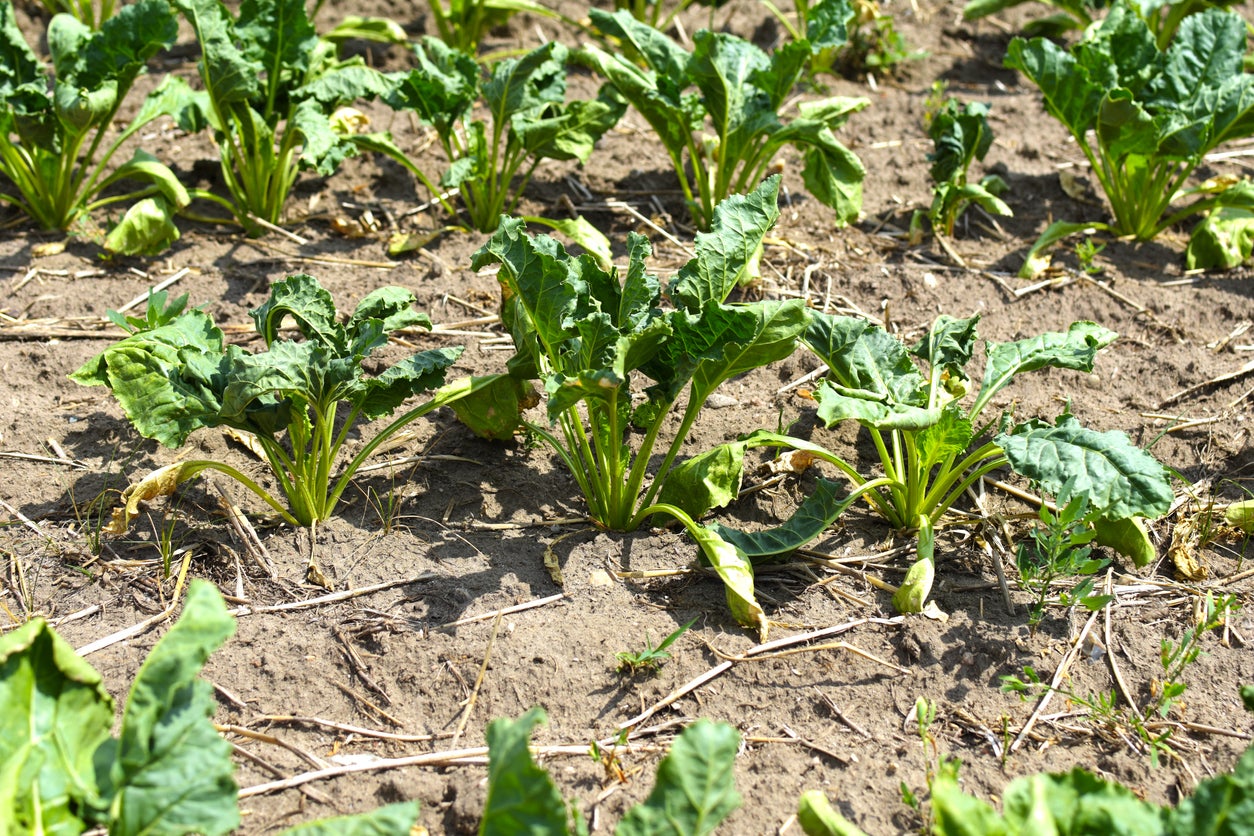

Swiss chard is a great garden plant that’s easy to grow and get a lot of success from, but like anything, it’s not a guarantee. Sometimes you hit a snag, like wilting. Wilting is actually a really common problem, but it only has a few causes. Read on to learn what causes wilt in Swiss chard and how to fix it.
Why is My Swiss Chard Wilting?
Of all the greens you can grow in your garden, Swiss chard is always the most fun. The deep green leaves of this beet cousin create a dramatic backdrop for the bright, cheery stalks that provide a riot of color for at least one little corner of your garden. When those happy lights suddenly start to look sad and limp, it’s hard to not take it personally. Wilting Swiss chard plants can be caused by several different things. If you have a Swiss chard plant wilting, most are pretty simple to fix while others are a little more complicated, but the good news is that all of them can be tackled by a beginning gardener. If your plants are wilting, here are some common reasons to consider and how you can help your wilted Swiss chard recover: Hot, direct sun. Do your plants get the hottest sun of the day? Or are they growing in hot weather in general? If they perk back up as soon as it starts to cool off, they’re probably just heat stressed by the sun. You can add more mulch to try to trap more moisture near their roots to help keep your Swiss chard cooler, erect a shade cloth to help block part of the sun at the worst part of the day, or both. Your plants will thank you. Leaf miners. Usually, leaf miners will leave long, undulating tunnels in leaves, but sometimes they’re hard to see, especially in leaves that have textures like chard. Instead, look for small rows of tiny white capsules, this is a clue that leaf miners are present. Remove the infested plants because there’s no way to save those individuals. But you can save the patch by covering the healthy plants with screens to keep the leaf miner adults from landing and depositing more eggs and churning the soil as much as possible to bury any surface-pupating larvae deeper to hopefully prevent new adults emerging. Rotating with crops like turnips that don’t mind a leaf miner is recommended. Mold or mildew. Are your chard leaves discolored, fuzzy, or otherwise covered in weird spots? They may be suffering from one of the many common garden molds or mildews that lurk in the soil and thrive in high humidity environments, like the ones that are created near the ground when tightly-packed crops are regularly watered. Powdery mildew, rust, and leaf spots are pretty easy to resolve. Copper fungicides can make short work of them. Make sure to thin your chard stand a bit to allow for more airflow as well.
Gardening tips, videos, info and more delivered right to your inbox!
Sign up for the Gardening Know How newsletter today and receive a free copy of our e-book "How to Grow Delicious Tomatoes".

Kristi Waterworth was a regular contributor to Gardening Know How for many years, answering countless queries on plant pests and diseases.
-
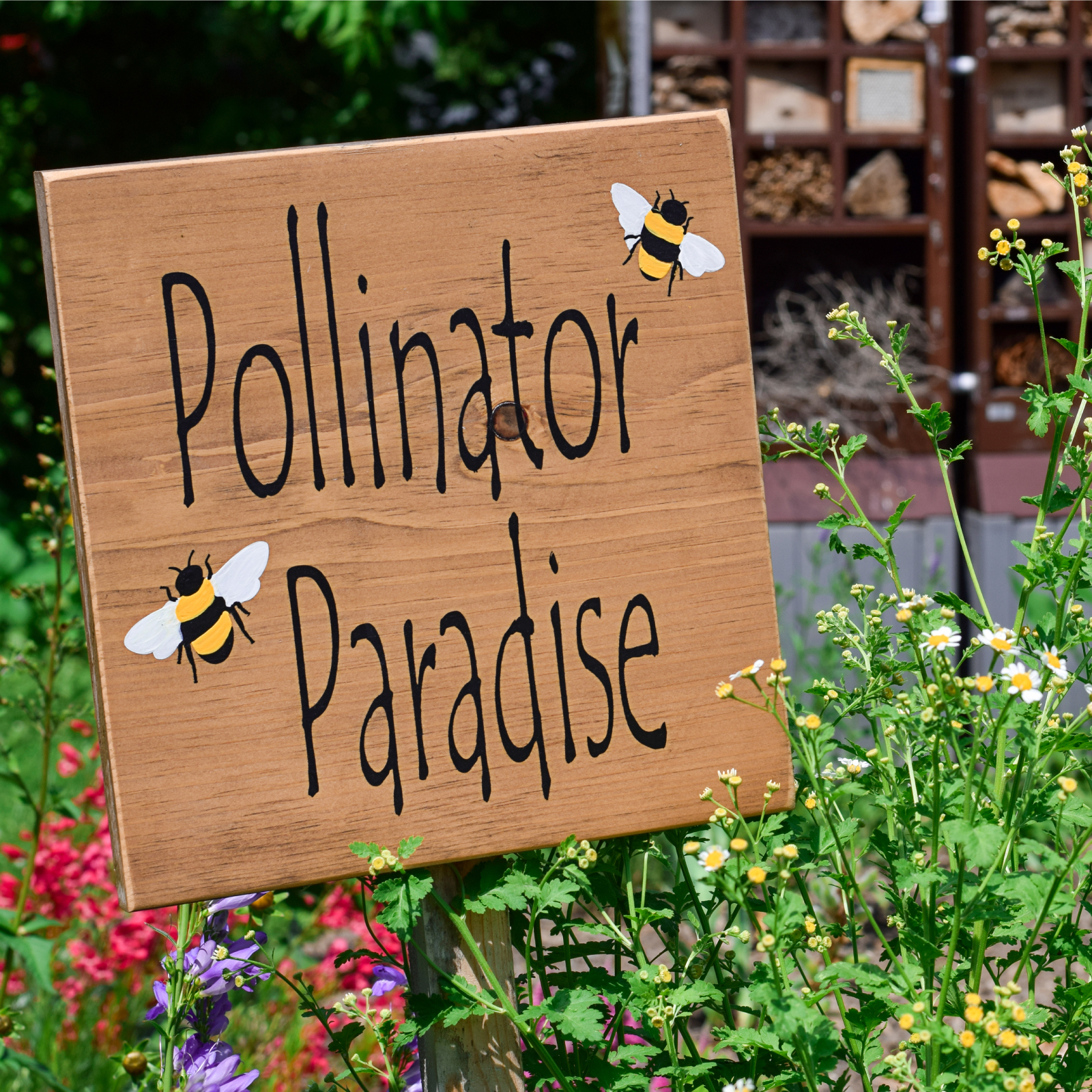 What Is A Pollinator Garden? Grow Gorgeous Blooms While Benefiting Your Local Ecosystem
What Is A Pollinator Garden? Grow Gorgeous Blooms While Benefiting Your Local EcosystemPollinator gardens look great and also provide a diverse ecosystem that benefits your local pollinating insects and animals. Get started today with this guide!
By Bonnie L. Grant
-
 5 Tough Urban Trees That Thrive In Cities – Top Picks For Urban & Suburban Landscapes
5 Tough Urban Trees That Thrive In Cities – Top Picks For Urban & Suburban LandscapesExplore the best urban trees that will add value to even the most challenging of landscapes. Get growing with these ideas and enjoy all the benefits of trees.
By Teo Spengler
-
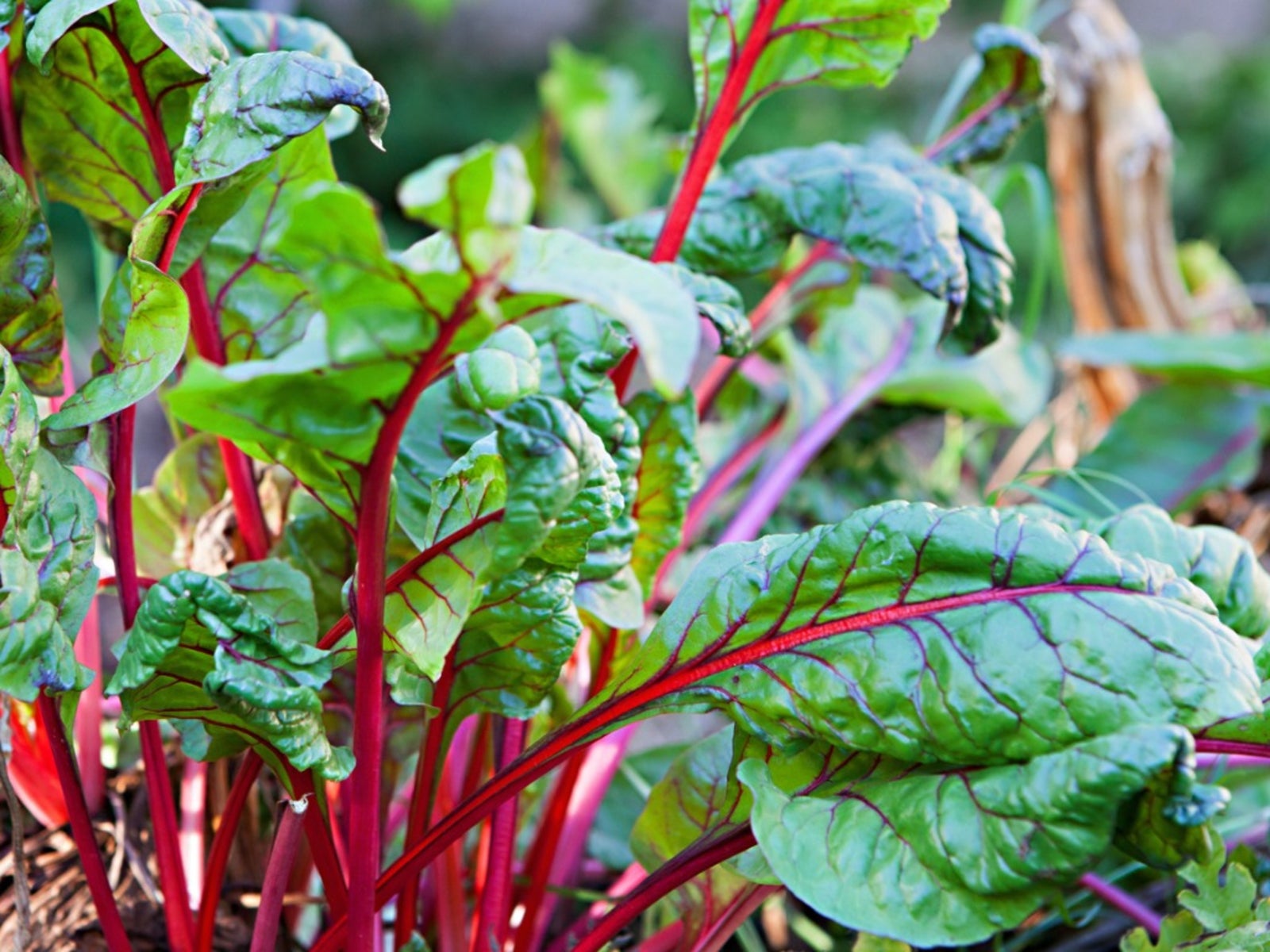 Why Did My Chard Bolt: What To Do With Bolted Chard Plants
Why Did My Chard Bolt: What To Do With Bolted Chard PlantsChard is a great addition to any vegetable garden. Not only is it pretty, but the leaves are tasty, versatile, and very good for you. Grown in the cooler seasons, chard typically won't bolt in summer. If you do have bolting chard plants, all is not lost. Learn more here.
By Mary Ellen Ellis
-
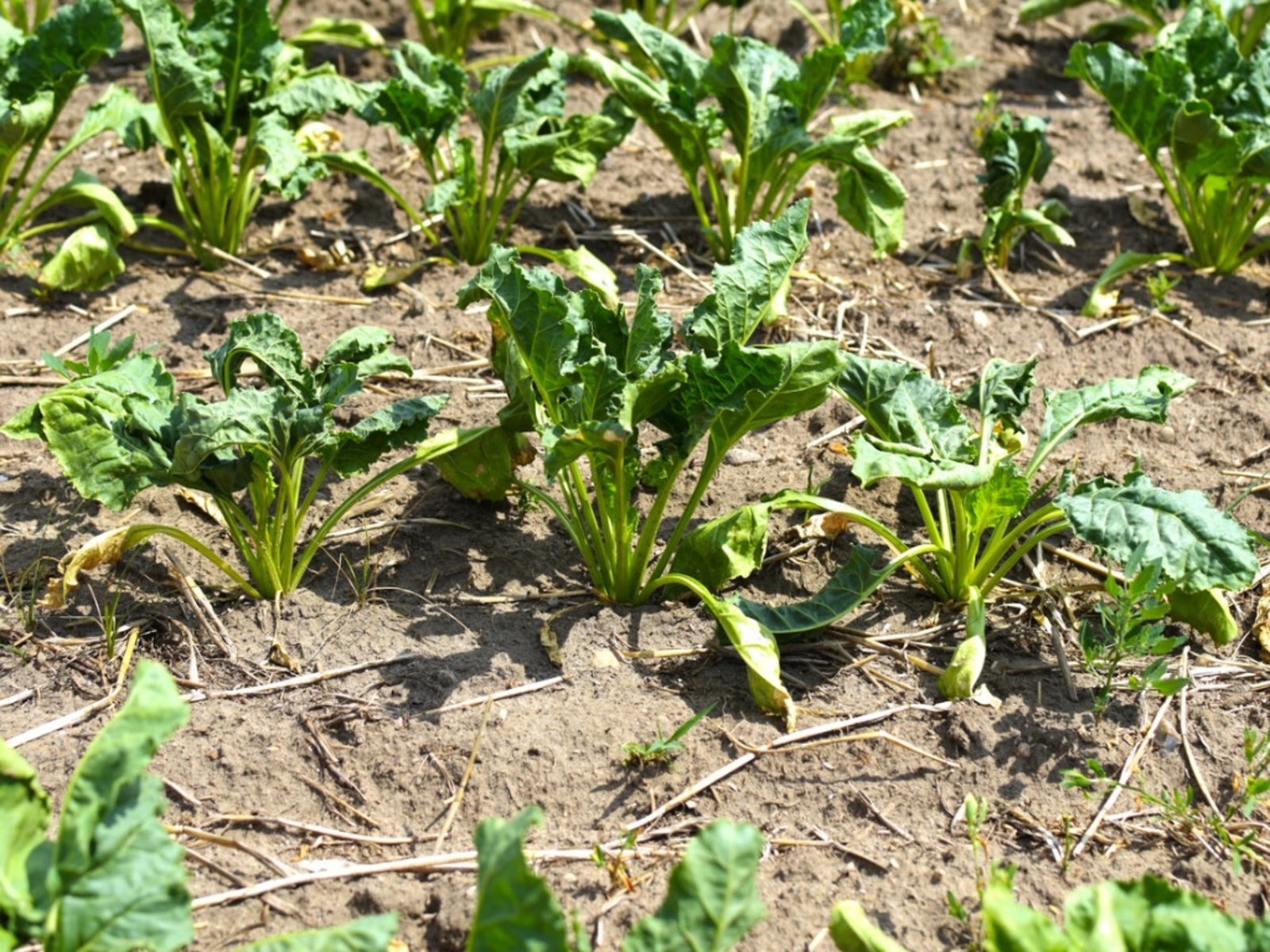 Sick Swiss Chard Plants: Identifying Signs Of Swiss Chard Disease
Sick Swiss Chard Plants: Identifying Signs Of Swiss Chard DiseaseSwiss chard diseases are not numerous, but just one of them can wipe out your crop for the year. But, if you know about these diseases and pests, you can take steps to prevent or treat them and save your harvest. Learn more in this article.
By Mary Ellen Ellis
-
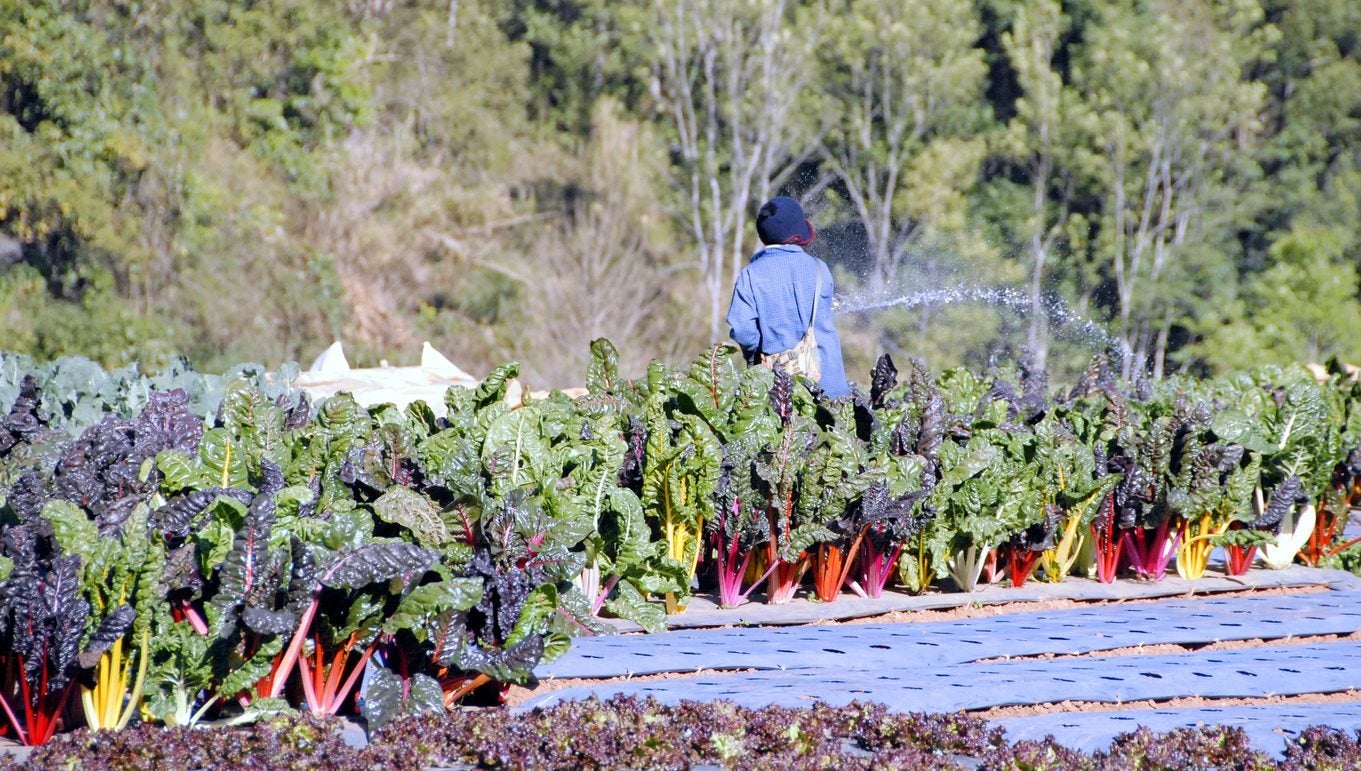 Cold Hardy Swiss Chard – Can Swiss Chard Grow In Winter
Cold Hardy Swiss Chard – Can Swiss Chard Grow In WinterSwiss chard not only grows well in the hot temperatures of summer, but it also tolerates frost. In fact, chard may actually taste better when it?s grown in cold weather. Click this article for information on caring for Swiss chard in winter.
By Ilana Goldowitz Jimenez
-
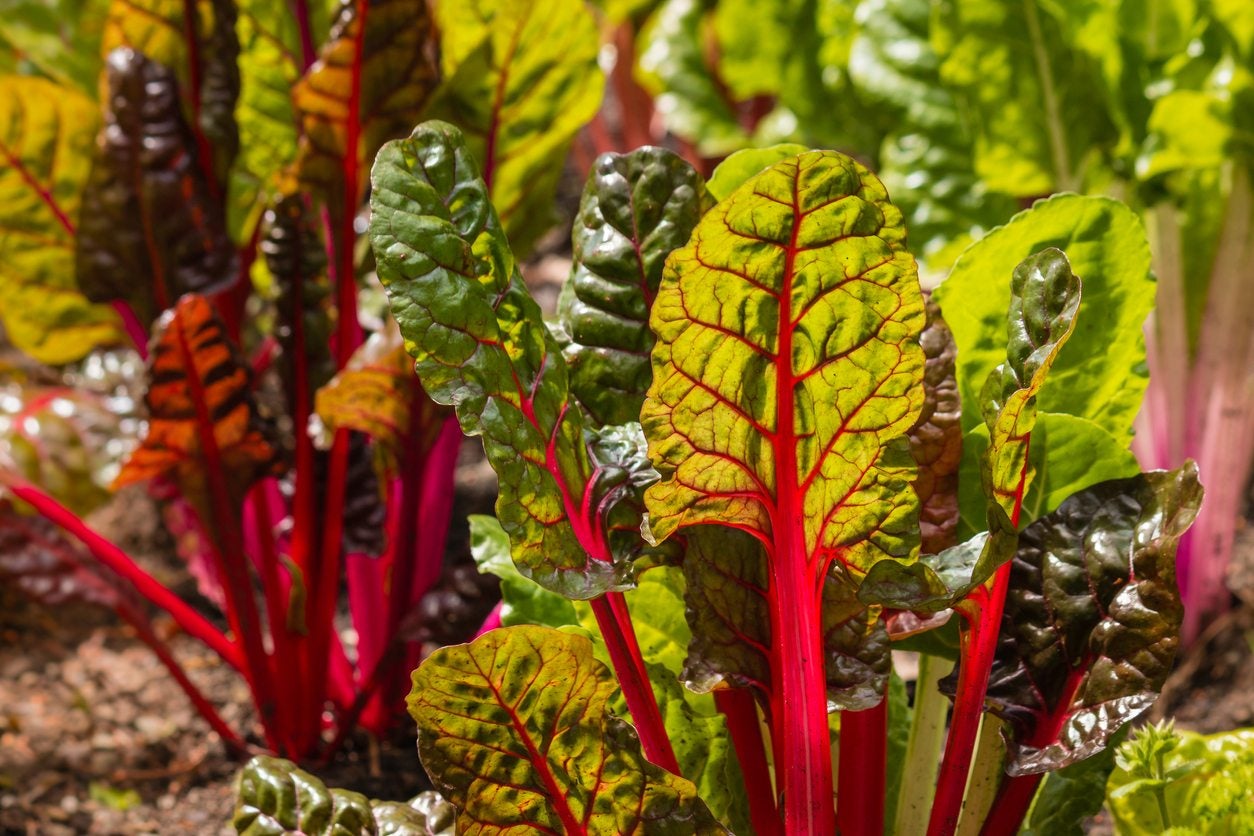 Swiss Chard Fall Planting: When To Plant Chard In Autumn
Swiss Chard Fall Planting: When To Plant Chard In AutumnGrowing Swiss chard in autumn allows you to get a final harvest since it is a cool season plant. In order to successfully get a harvest before the freezing weather comes, you have to know when to plant chard in autumn. This article will help with that.
By Bonnie L. Grant
-
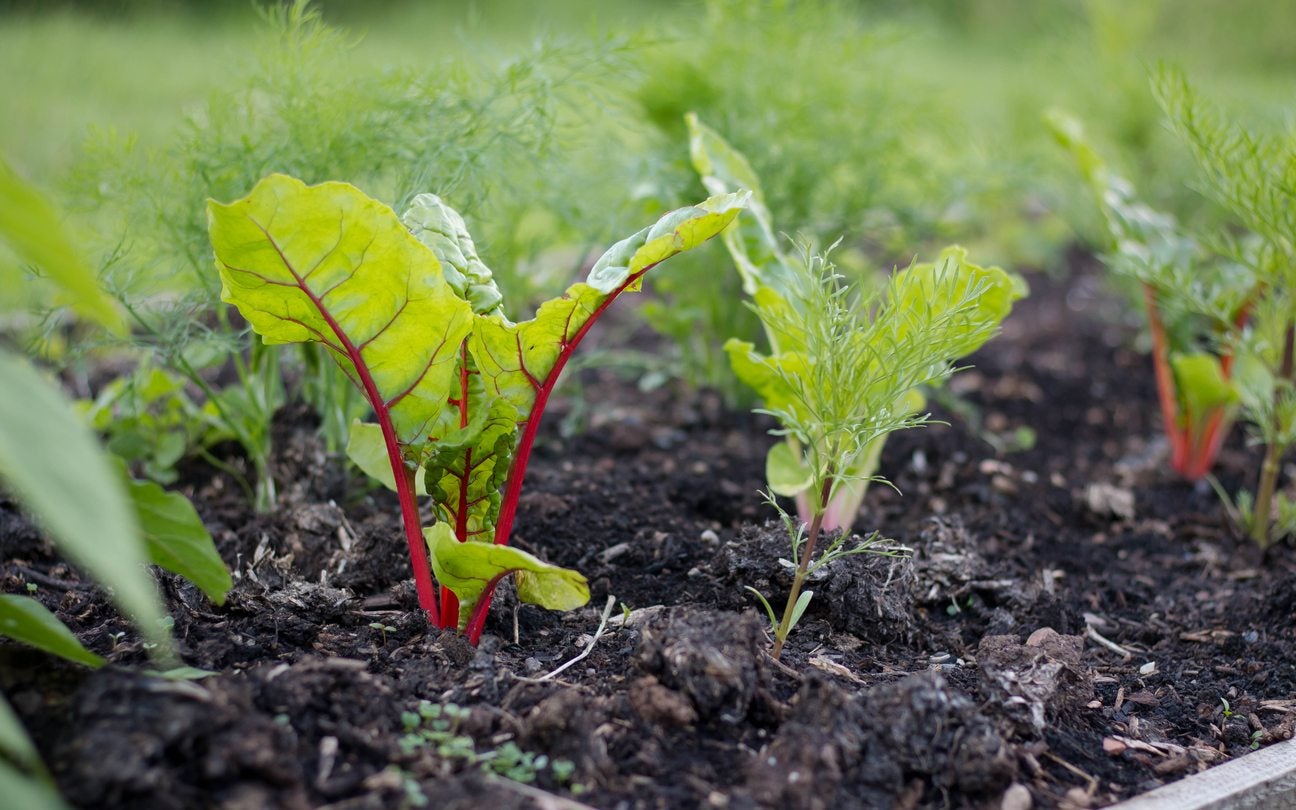 Swiss Chard Spring Planting: When To Plant Chard In Spring
Swiss Chard Spring Planting: When To Plant Chard In SpringSwiss chard can be planted early in spring or midsummer. Chard in summer can bolt and get bitter, though, so Swiss chard spring planting is one of the better times to sow and harvest this healthy, delicious plant. Learn more about spring planting chard here.
By Bonnie L. Grant
-
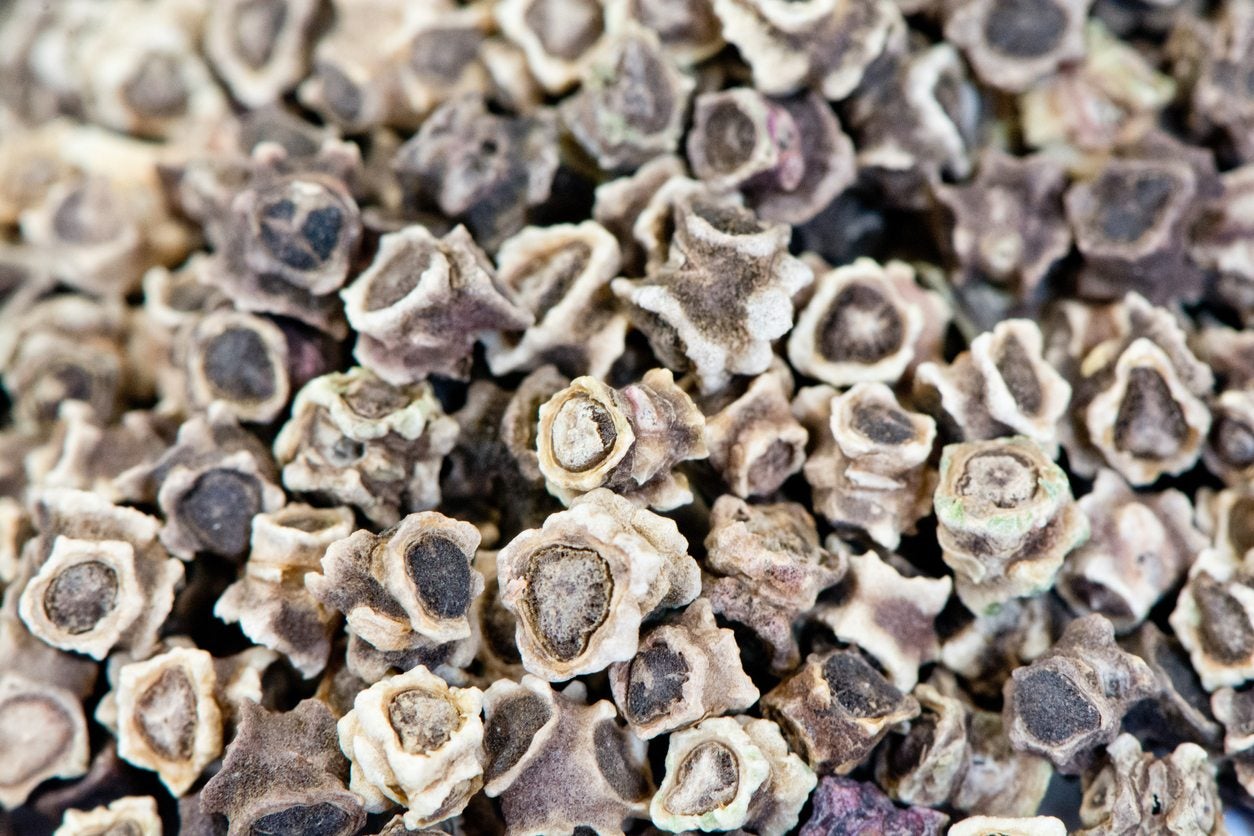 Swiss Chard Seed Care: How To Plant Swiss Chard Seeds
Swiss Chard Seed Care: How To Plant Swiss Chard SeedsChard can be started early in the spring and counted on not to bolt (usually) in the heat of summer. You can learn more about Swiss chard seed care and when to sow Swiss chard seeds in the article that follows. Click here for more information.
By Liz Baessler
-
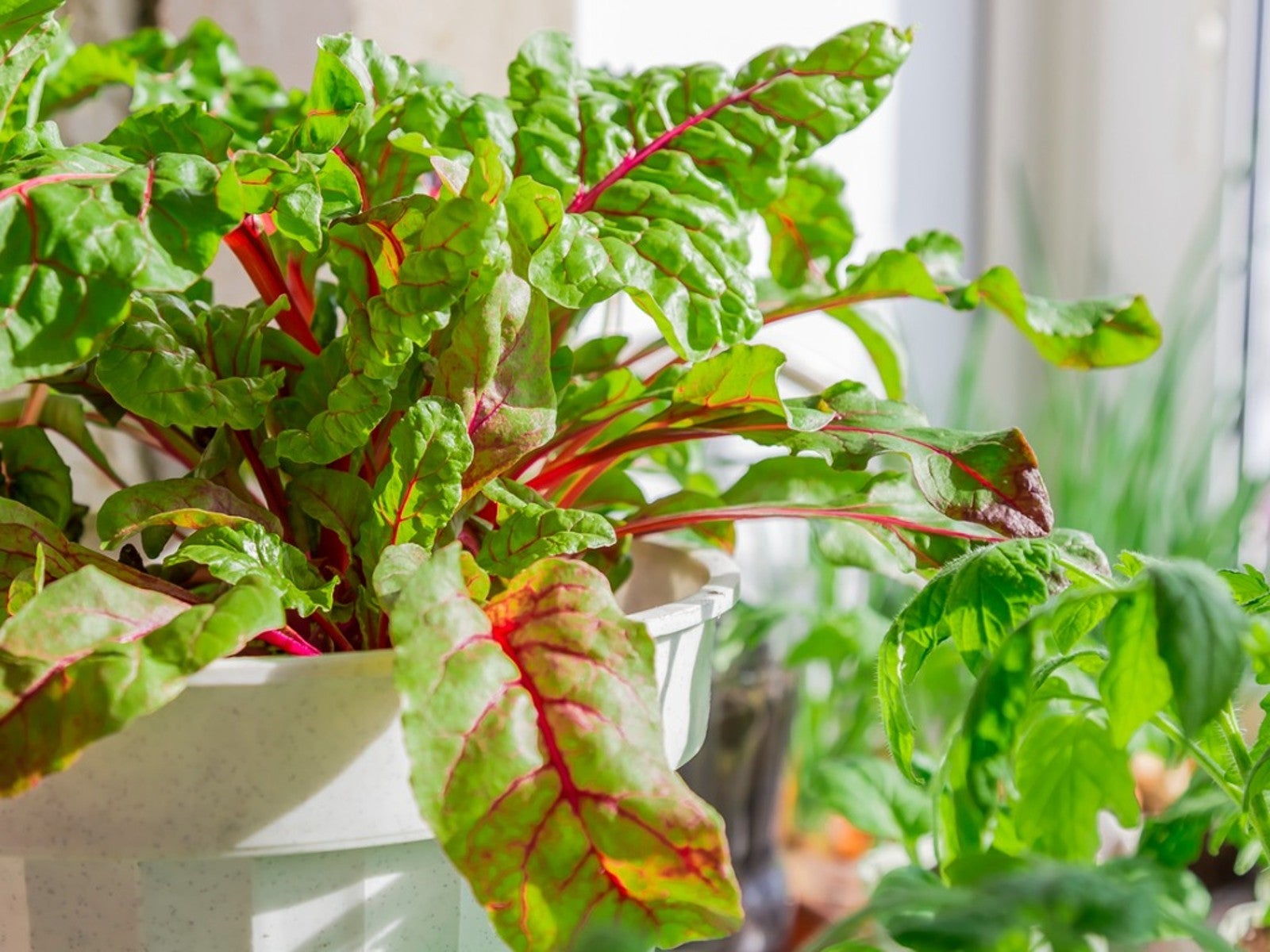 Swiss Chard Care In Pots – How To Grow Swiss Chard In Containers
Swiss Chard Care In Pots – How To Grow Swiss Chard In ContainersSwiss chard is not only delicious and nutritious but is also ornamental. As such, planting Swiss chard in containers does double duty; it provides a showy backdrop for other plants and flowers and makes for easy picking. Click here to find out how to grow Swiss chard in containers.
By Amy Grant
-
 Trouble With Swiss Chard: Common Swiss Chard Diseases And Pests
Trouble With Swiss Chard: Common Swiss Chard Diseases And PestsSwiss chard is generally a trouble-free veggie, but this cousin to the beet plant can sometimes fall prey to certain pests and diseases. Click here to learn about common problems with Swiss chard, and explore solutions to save the plant.
By Mary H. Dyer